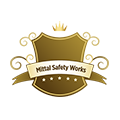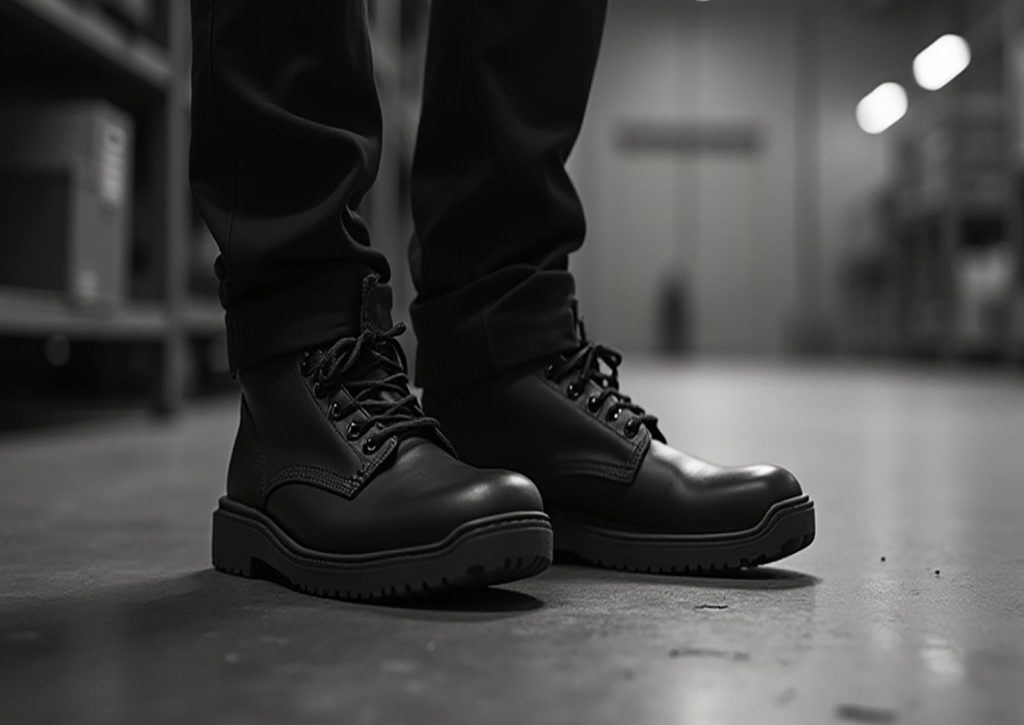If you’re in charge of sourcing safety shoes for your organization, knowing the right standards isn’t just a bonus, it’s a necessity. Poor-quality or non-compliant safety footwear can put workers at risk, and procurement decisions made without understanding these standards can cost companies in liability and downtime. In this guide, we’ll break down the top safety shoe standards: ISI (India), EN ISO (Europe), and ASTM (USA) so you can make informed, compliant choices.
Why Safety Standards Matter in Procurement?
Safety shoes are a part of Personal Protective Equipment (PPE), and they serve a critical role in minimizing foot injuries caused by heavy objects, sharp tools, electrical hazards, or slippery floors. Not all safety shoes are equal, and international standards ensure that the footwear meets strict performance and quality benchmarks.
1. ISI Standard (BIS Certified – India)
The ISI mark is issued by the Bureau of Indian Standards (BIS) and indicates conformity with Indian safety norms. IS:15298 Part-2 is the standard that applies to protective footwear
Key Features:
- Covers impact resistance, compression resistance, and slip resistance.
- Mandatory for workplace compliance in India for PPE products.
- BIS license is required for manufacturers to use the ISI mark.
2. EN ISO 20345 (Europe)
This is the European standard for safety footwear. It replaced the earlier EN345 standard and is now globally recognized.
Key Features:
- Minimum toe protection of 200 joules.
- Categorized by usage: S1, S2, S3 (where S3 offers the highest protection).
- Tests for anti-static properties, sole penetration resistance, and water absorption.
3. ASTM F2413 (USA)
The ASTM standard is widely followed in North America. It ensures the shoe’s compliance with specific performance requirements.
Key Features:
- Covers impact and compression resistance.
- Ratings such as I/75 and C/75 denote impact and compression strength.
- Optional criteria for metatarsal protection, electric hazard resistance, and puncture resistance.
How Procurement Managers Can Ensure Compliance
- Request certifications: Always ask suppliers for compliance documents or test reports.
- Choose vendors with third-party verification: This confirms that the footwear meets the claimed standards.
- Consider the work environment: Match standards to real-world hazards—e.g., oil-resistant soles for slippery factories or steel-toe caps for construction.
FAQs on Safety Shoe Standards
Q: Can I import EN ISO-certified shoes into India?
A: Yes, but for compliance in India, you may still need BIS certification.
Q: Is ASTM accepted in Indian industries?
A: ASTM is globally respected but Indian safety auditors prioritize ISI compliance.
Q: How often should safety shoes be replaced?
A: Typically every 6–12 months, depending on usage and wear.
Conclusion
For procurement managers, understanding safety shoe standards isn’t just technical knowledge, it’s a strategic advantage. By aligning purchases with ISI, EN ISO, or ASTM certifications, you ensure worker safety, legal compliance, and cost efficiency. Always prioritize documentation, certifications, and supplier reliability when making a bulk purchase.



